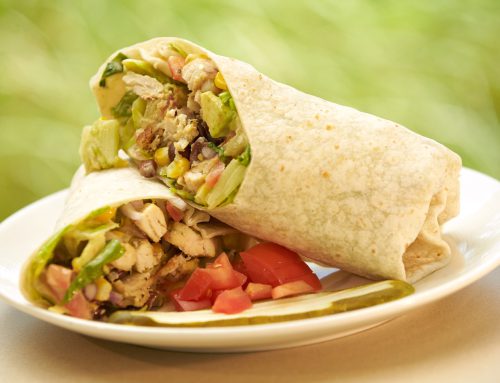Are You Getting Enough Vitamin D?
Published December 2, 2022

Our skin produces vitamin D when exposed to direct sunlight. From the skin, vitamin D is transported from the liver and converted into absorbable vitamin D. Most of us naturally get some vitamin D when out in the sunshine, but grayer, cloudier days limit this natural production, so it’s important to get enough vitamin D in other ways during the winter months.
Vitamin D helps your body absorb calcium, which is a critical mineral for building strong bones. Working together, vitamin D and calcium protect children’s bones from developing rickets, a softening of bones. In adults, they help prevent osteoporosis, a weakening or thinning of the bones.
Vitamin D is also an important part of muscle function. Having strong muscles helps prevent falls, which can cause bones to break. The immune system also needs vitamin D to help ward off viruses and bacteria. And there’s more: vitamin D supports the nervous system, reduces inflammation and helps your body regulate blood sugar levels; high blood sugar levels could develop into Type 2 diabetes if left unchecked.
The daily recommended intake of vitamin D varies by age and by sex, according to the National Institutes of Health. Shortly after birth, all children need vitamin D to help build strong bones. Beyond childhood, the daily intake remains fairly level for both men and women until they reach 70 years of age, or unless loss of bone density is evident via a bone density test, or DEXA scan. Women are more likely to exhibit bone loss than men, but the weakening of bones as we age is very likely. As a result, your healthcare provider may increase your recommended daily allowance for both vitamin D and calcium.
Boosting vitamin D intake
There are plenty of delicious foods that can boost your intake of vitamin D intake in winter when sunlight is minimal. Foods naturally high in vitamin D include:
- Fatty fish, such as salmon. Simply season salmon with a little olive oil, fresh herbs, salt and pepper, then bake in the oven for a delicious meal.
- Sauté fresh mushrooms in olive oil before topping your pizza or adding to pasta.
- Egg yolks. Eggs are so versatile, whether you make an omelet or frittata with fresh vegetables, or make breakfast for dinner – eggs over easy or scrambled.
- Cheddar cheese. Sliced, cubed, melted, cheddar cheese is a good source of vitamin D and calcium.
- Chop it raw into a salad of mixed greens.
- Beef liver. Nutrient-rich but not everyone’s favorite, beef liver is naturally high in vitamin D. A classic preparation is liver fried with onions. Sauté onions first, then remove from the pan. Dredge the liver through milk, then flour before adding to the pan to fry. Once liver is cooked, add onions back to the pan, then season with salt and pepper. Beef liver is also an excellent source of protein and vitamins A and B, so don’t knock it until you try it!
Other options for boosting vitamin D intake are fortified cereals, milks, yogurt and some juices. Vitamin D supplements are available, too, but consult with your healthcare provider to find the best kind of supplement and how much to take. Your healthcare provider can evaluate your body’s level of vitamin D through annual wellness visits and regular blood work. Contact us today to schedule an appointment.
Subscribe to our monthly emails for Your Well-Being! Get health and wellness tips, hospital news, staff spotlights, career opportunities, our cafe menu and more, sent right to your inbox!
DISCLAIMER: No content on this website, regardless of date, should be used as a substitute for direct medical advice from your primary care provider.




